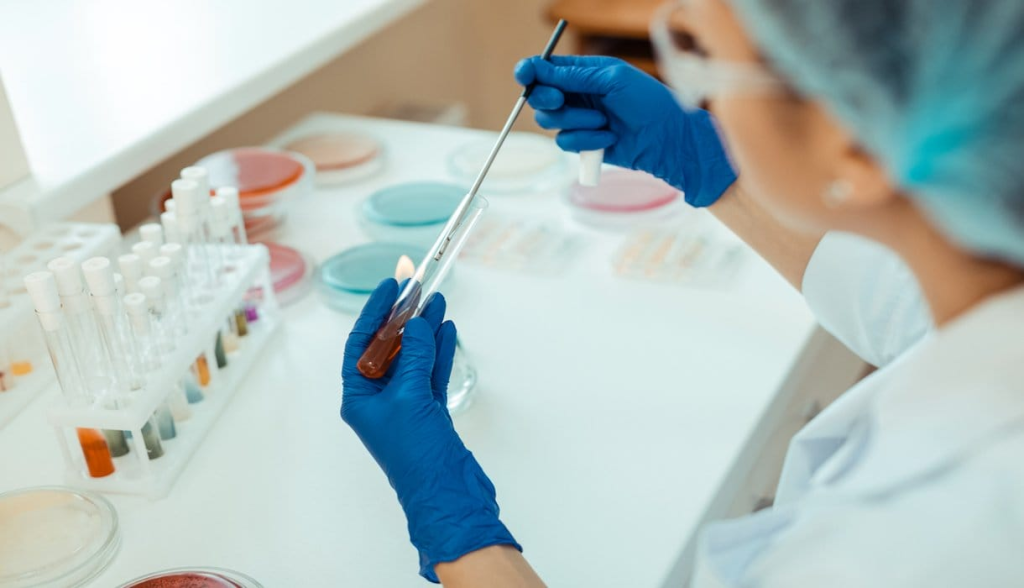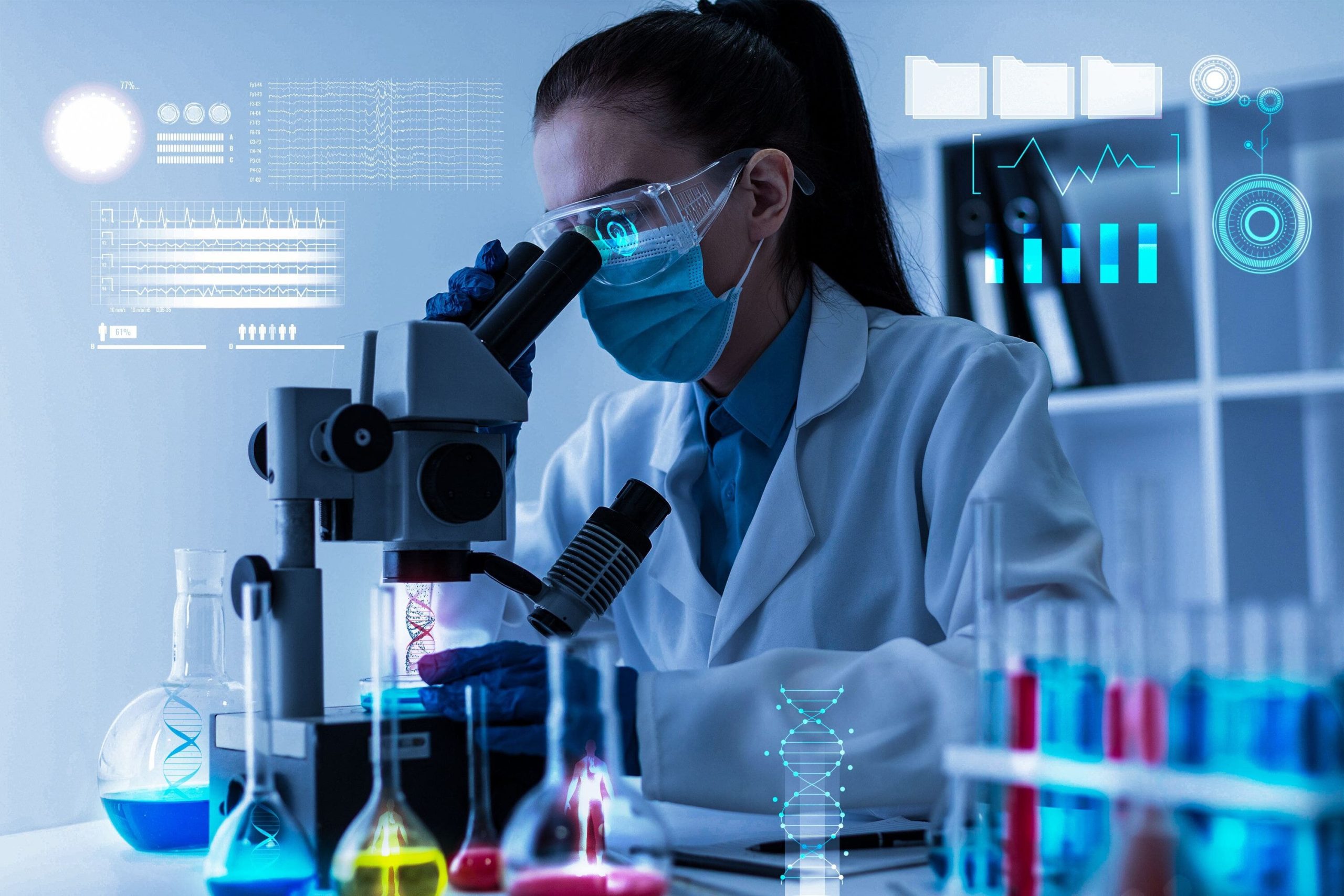Medical laboratory scientists, also known as medical technologists or clinical laboratory scientists, play a crucial role in the healthcare industry. Their work involves analyzing and testing various biological specimens to aid in the diagnosis, treatment, and monitoring of different medical conditions. In this article, we will explore the responsibilities, training requirements, career opportunities, and outlook of medical laboratory scientists.

Scope of Practice and Responsibilities
Medical laboratory scientists collaborate closely with physicians and medical laboratory technicians to diagnose and monitor disease processes. They are trained in various areas of medical laboratory science, including microbiology, chemistry, hematology, immunology, transfusion medicine, toxicology, and molecular diagnostics.
The responsibilities of a medical laboratory scientist are diverse and encompass:
- Examining and analyzing blood, body fluids, tissues, and cells.
- Utilizing sophisticated lab equipment, such as microscopes and cell counters, to perform scientific testing.
- Relaying test results to physicians for further analysis and diagnosis
- Cross-matching blood for transfusion purposes.
- Monitoring patient outcomes and assessing the effectiveness of therapy.
- Performing differential cell counts to aid in the diagnosis of anemia and leukemia.
- Establishing quality assurance programs to ensure accurate test results.
- Overseeing the work of medical laboratory technicians.
Difference Between Medical Laboratory Scientist and Medical Laboratory Technician
While medical laboratory scientists and medical laboratory technicians work in the same environment and perform tests on biological samples, there are distinct differences between the two roles.
A medical laboratory scientist typically has more education and is trained to perform more complex and involved laboratory work. On the other hand, medical laboratory technicians primarily handle routine lab work and are often supervised by medical laboratory scientists.
Difference Between Medical Laboratory Scientist and Medical Laboratory Assistant
A medical laboratory assistant is a subgroup of medical laboratory technicians. Their responsibilities mainly revolve around preparing biological specimens, recording information, and performing lab maintenance tasks. Medical laboratory scientists work in collaboration with medical laboratory assistants by analyzing the prepared specimens and relaying information for documentation.
Work Environment and Schedule
Medical laboratory scientists can find employment in various settings, including hospitals, clinics, forensic or public health laboratories, pharmaceutical industries, biotechnology companies, veterinary clinics, and research institutions. The work hours may vary depending on the setting, but laboratories typically operate 24/7, allowing for flexible scheduling.
Medical laboratory scientists spend the majority of their time on their feet, analyzing test results in the lab. They work in a controlled and sterile environment to ensure accurate and reliable results.
Becoming a Medical Laboratory Scientist
To pursue a career as a medical laboratory scientist, individuals should possess effective communication skills, a strong intellect, and a keen interest in science and technology. Excellent eye-hand coordination, dexterity, and visual acuity are crucial for performing and analyzing tests accurately.
The educational requirements for medical laboratory scientists typically include:
- Obtaining a high school diploma or equivalent.
- Completing a bachelor’s degree in medical technology or clinical laboratory science. A degree in a science or health-related field, such as chemistry or microbiology, may also be considered.
- Completing a clinical laboratory program or internship as part of their education or through a hospital-based program.
- Obtaining national certification as a medical technologist (MT), clinical laboratory scientist (CLS), or medical laboratory scientist (MLS).
- Gaining previous experience in a healthcare setting.
Certification through an accrediting body, such as the American Society for Clinical Pathology (ASCP) Board of Certification (BOC), is often required by most employers. Additionally, individual states may have licensure requirements for medical laboratory scientists.
Career Opportunities and Outlook
The career prospects for medical laboratory scientists are promising. The median salary for a medical laboratory scientist is $57,800, with salaries ranging from $30,000 to $79,000 based on education, location, and experience.
According to the Bureau of Labor Statistics, there is a current shortage of medical laboratory technicians and scientists in many parts of the country, ensuring ample employment opportunities and potential for higher salaries for graduates. The increasing volume of laboratory tests due to population growth and the development of new types of tests is expected to drive job opportunities, with over 26,000 new positions projected to be available by 2030.
With additional training and experience, medical laboratory scientists can advance their careers by becoming department leads or laboratory managers. Some may also choose to specialize in specific areas of laboratory science to further their professional growth.
Conclusion
Medical laboratory scientists play a vital role in the healthcare industry by performing scientific testing on biological specimens to aid in diagnosis and treatment. Their collaboration with physicians and medical laboratory technicians ensures accurate and reliable test results. With a sound intellect, strong communication skills, and a passion for science and technology, individuals can pursue a rewarding career as a medical laboratory scientist. The growing demand for laboratory professionals and the potential for career advancement make this field an attractive option for those interested in the intersection of science and healthcare.




No comments! Be the first commenter?